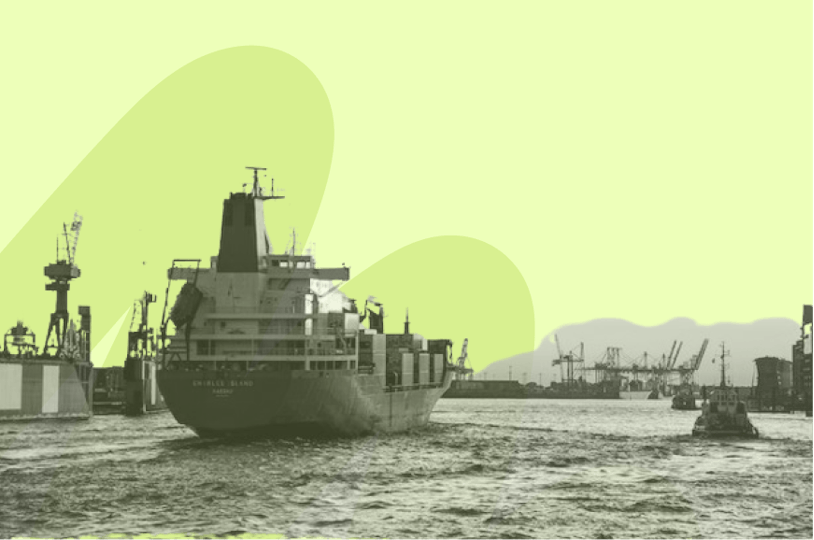What is carbon offsetting ?
Carbon offsetting is the process of removing carbon dioxide or other greenhouse gas emissions from the atmosphere. This process can take shape in many different ways.
Carbon offsetting is the practice of contributing to other voluntary projects which seek to reduce or capture emissions.
An example of carbon offsetting is when a company donates to plant new trees in addition to making an effort to reduce their emissions as much as possible.
While carbon offsetting projects are typically led by NGOs and remain voluntary, many companies choose to partake in carbon offsetting projects by choosing the amount they offset in accordance with the current results of their most recent GHG or LCA assessments. While carbon offsetting is a common practice, it is important to recognize that global carbon storage capacity is finite – making emission reductions a priority over reliance on offsets. Think of carbon offsetting as a “supplement” to reducing emissions.
Carbon offsetting certificates are traded under the use of voluntary carbon markets (VCM).
FAQ
What is the Biggest Problem with Carbon Offsetting?
The biggest problem with carbon offsetting is that these policies and markets are constantly shifting in accordance with climate change and other variable factors – making it difficult to ensure that carbon offset project will continuously compensate for excess emissions produced on behalf of an individual or organization. Therefore, a lot of people will contribute to a carbon offset project believing that it is just as effective as a robust carbon reduction strategy – even when it isn’t.
Is carbon offsetting a replacement for reducing emissions?
No, contributing to carbon offsetting projects is not a replacement for an effective carbon reducting strategy – which is what many people mistake carbon offsets for. This is because carbon offsetting still lacks a globally standardized system to determine what fully qualifies as a carbon offset, how to measure it, and how it aids in an entity's attempts to mitigate their current environmental impact. Furthermore, carbon offsets are not sufficient enough to adhere to the objectives established by the Paris Agreement – making a clear and reputable GHG reduction strategy more effective and important to establish than the use of carbon offsets.
Why do carbon offsets not really work?
Carbon offsets don’t serve as an efficient way to protect the planet long-term because it often doesn’t require individuals or organizations to tackle their current environmental practices head on. For example, a celebrity that buys carbon offsets to compensate for their excessive jet-fuel usage is still polluting the planet with excessive emissions from air travel – and buying carbon offsets doesn’t change that.
Who verifies carbon offsets?
Non-profit, third-party organizations have implemented strong standards to verify the effectiveness of a potential carbon offsetting project. The certification of carbon offset projects can take place through various entities, such as the Gold Standard, the Climate Action Reserve, or the American Carbon Registry.
What types of carbon offsetting projects are there?
Carbon offsetting is typically done by companies in order to compensate for emissions produced in other parts of their operations, in order to achieve their Net Zero or carbon neutral goals. Companies and organizations may participate in compliant or voluntary offsetting projects.
- Voluntary offsetting projects involve companies participating in or funding certified projects which capture carbon from the atmosphere, such as forestry projects.
- Compliant carbon offsetting projects refer to regulations and legislation which obliges companies to participate in carbon offsetting, such as with the European Union Emissions Trading Scheme, where companies can buy carbon offsetting credits to compensate for excess emissions that they have produced beyond their regulatory limit.
Common offsetting contribution projects can include funding the development of renewable energy systems such as wind turbines, hydroelectric dams, or biomass energy. Companies can also fund carbon sequestration projects such as with reforestation, or blue carbon projects that naturally take carbon out of the air.




